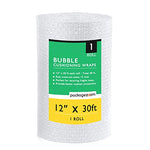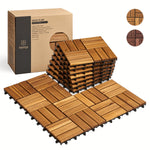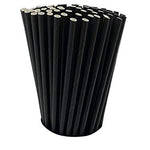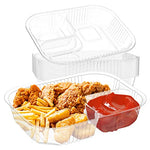You have no items in your shopping cart.
In today's world, where environmental conservation has become increasingly crucial, recycling plays a vital role in reducing waste and preserving our planet. The recycling process involves transforming used materials into new products, reducing the need for raw materials and minimizing the impact on the environment. From collection to reuse, each step in the recycling process contributes to creating a sustainable future. In this comprehensive guide, we will delve into the intricacies of the recycling process, exploring the various stages and highlighting the importance of recycling in our daily lives.
The Recycling Process: From Collection to Reuse
Recycling is a multi-step process that involves several stages to ensure the effective transformation of waste materials into reusable products. Let's explore each stage in detail.
Collection of Recyclables
The first step in the recycling process is the collection of recyclable materials. Recycling programs are established by local governments, waste management companies, and recycling centers to facilitate the collection of recyclables from households, businesses, and public spaces. Collection methods include curbside pickup, drop-off centers, and recycling bins strategically placed in public areas.
Sorting and Segregation
Once the recyclables are collected, they undergo a sorting and segregation process. This step involves separating different types of materials to ensure effective recycling. Advanced sorting technologies, such as automated systems and optical sensors, are utilized to streamline the process. The recyclables are divided into categories like paper, plastic, glass, and metal to facilitate further processing.
Cleaning and Preparation
After sorting, the materials go through a cleaning and preparation phase. Contaminants, such as dirt, debris, and non-recyclable items, are removed to ensure the purity of the recyclables. Cleaning methods vary depending on the material type. For example, paper products undergo de-inking processes, while plastics are washed and shredded.
Shredding and Pulping
Certain recyclable materials, such as paper and cardboard, go through a shredding and pulping process. Shredders break down the materials into small pieces, while pulping involves mixing the shredded material with water to create pulp. This pulp serves as the raw material for manufacturing new paper and cardboard products.
Melting and Remolding
Materials like plastic and metal undergo melting and remolding processes. Plastics are melted down and transformed into pellets or flakes, which can be used as raw materials for manufacturing new plastic products. Similarly, metals are melted to remove impurities and shaped into ingots or sheets for further processing.
Manufacturing of New Products
The recycled materials are then utilized in the manufacturing of new products. Paper pulp is used to produce recycled paper and cardboard, while recycled plastics are transformed into a wide range of products, including bottles, containers, and packaging materials. Metal ingots are utilized in the production of new metal products, such as cans, appliances, and construction materials.
Distribution and Consumption
The newly manufactured products are distributed to markets and retail outlets for consumers to purchase and utilize. By choosing recycled products, individuals can contribute to the sustainability of the recycling process. It is essential to create awareness among consumers about the benefits of purchasing recycled goods and the positive impact it has on the environment.
Disposal and End of Life
At the end of their life cycle, recycled products can be recycled again, perpetuating the recycling process. However, when recycling is no longer possible, proper disposal methods should be employed to minimize the environmental impact. Disposal methods include landfilling, incineration, or implementing alternative waste-to-energy technologies.
FAQs about The Recycling Process: From Collection to Reuse
-
What materials can be recycled? Various materials can be recycled, including paper, cardboard, glass, plastic, aluminum, steel, and certain types of electronics. It is important to check local recycling guidelines to ensure proper disposal.
-
Why is recycling important? Recycling is important because it conserves resources, reduces waste sent to landfills, saves energy, and minimizes pollution. It is a sustainable practice that helps protect the environment for future generations.
-
Can contaminated materials be recycled? Contaminated materials pose challenges in the recycling process. It is crucial to ensure proper cleaning and preparation of recyclables to maintain the quality and integrity of the recycled products.
-
How does recycling benefit the economy? Recycling contributes to job creation and economic growth. The recycling industry provides employment opportunities in collection, sorting, processing, and manufacturing, supporting local economies.
-
What is the role of individuals in the recycling process? Individuals play a vital role in recycling by practicing proper waste management, sorting recyclables, and purchasing recycled products. Small actions by individuals can collectively make a significant impact on the recycling process.
-
Are there any limitations to recycling? While recycling offers numerous benefits, it does have limitations. Some materials are challenging to recycle, and the quality of recycled products may not always match that of their virgin counterparts. Continuous innovation and technological advancements are addressing these limitations.
Conclusion
The recycling process, from collection to reuse, is a crucial component of sustainable waste management. By following the steps outlined in this guide, we can all contribute to a cleaner and healthier environment. Recycling conserves resources, reduces waste, and helps combat climate change. As individuals, it is our responsibility to embrace recycling practices and encourage others to do the same. Together, we can create a better future for generations to come.








